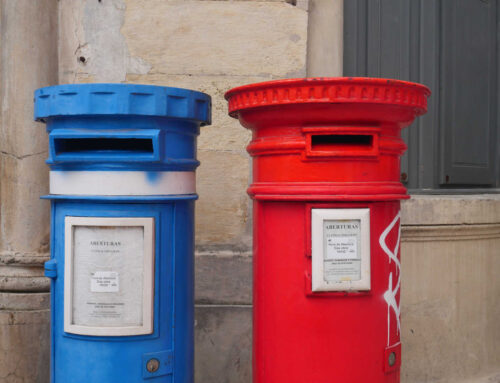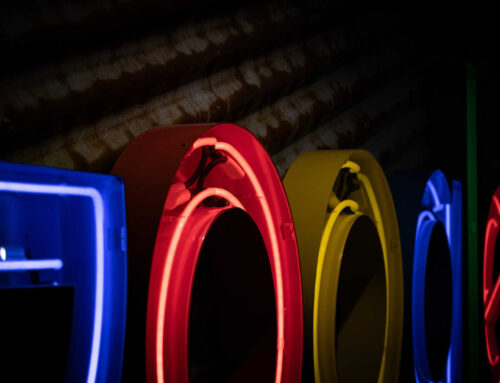With many elements of your marketing and funnels, there’s a degree of guesswork involved. Even companies who’ve been in their industry for many years and have deep knowledge of their audiences have to rely on their predictions based on the trends they’ve observed in the past.
But when it comes to designing your landing page, there’s a rare path to certainty: testing different options with real traffic to see which page visitors prefer. You might never be 100% accurate at giving every visitor what they’re looking for on your landing page, but with different tests on page elements, you can likely please most users.
The accuracy of your testing will determine how helpful your landing page data is for achieving business goals. Below are some of our favorite tests that will help you improve your landing page with quantifiable data. Our focus is on the specific elements of the page, and which style of test you want to use.
Headlines
By their nature, headlines are typically one of the first page elements that draw a visitor’s eye. That’s why ensuring your headlines are effective is essential for any industry-targeting audience. The famous advertising executive David Ogilvy said: “When you have written your headline, you have spent eighty cents out of your dollar.” He was talking about newspapers and flyers, but the principle still holds on modern landing pages decades later.
A good headline should always do the following:
- Use action words related to the benefit of your product or service, not its features. For example, if you offer a software platform for manufacturing companies, your headline might use attention-grabbing verbs like “simplify,” “streamline,” and “organize.”
- Incorporate jargon without overdoing it. Using the words and phrases that professionals in your audience understand is particularly important for B2B landing pages. These buyers are more discerning about the technical abilities of their vendors.
- Address the visitor directly. Another key to good writing from the advertising world: the best copy speaks directly to the reader as an individual. This applies to your landing page headlines as well.
Form Field Labels
Most landing pages use at least one form for conversion, whether signing up for a newsletter or scheduling a demo with a sales representative. But to persuade people that it’s worth filling out the form and converting, they must first understand what the form means.
We recognize that form fields aren’t traditionally considered part of a page’s design – sometimes, they aren’t even part of the page, depending on the software stack you’re using. Many marketers simply fill out the form fields as an afterthought.
The problem with this approach is it neglects one of the most critical conversion elements on your landing page. Different people have different ways of recognizing the same things. No matter how well you know your audience, you’ll never be able to predict precisely what they think about a form title or a label. That’s why it’s critical to test as many of your form labels as possible, from the title of the broader form to the labels on each field.
No matter how well you know your audience, you’ll never be able to predict precisely what they think about a form title or a label. Click To TweetCalls-to-action (CTAs)
The CTAs on your page are the last element before a page visitor becomes a conversion. Although your landing page has many vital components, the CTA element is arguably the most crucial leverage point to improve conversions. Even if the rest of your page is well-optimized for conversions and technically sound, a poorly-designed CTA will throw people off and significantly restrict your results.
There’s a massive array of different types of CTA designs, but these are three of the most popular:
- Colored shape. This is typically a diamond, rectangle, or oval in a color that stands out on the page – often a bright color like red, orange, or light blue. Within the shape, you’ll see a simple text-based CTA like “Book your meeting” or “Download the guide.”
- Plain text. Plain text CTAs are simple calls to action embedded directly in the text. Some marketers will add a paragraph of text at the end of the page, while others will simply include it as a line at the end. A word or phrase in the text will sometimes be hyperlinked to allow the user to submit the form or convert in another way.
- Image. An image-based CTA is excellent because it allows the most flexibility and customization, which means it has the best chance of standing out on the page and grabbing attention. Conversely, an image-based CTA also provides more technical risks than other kinds – not all platforms and browsing devices load images well, especially if they are large and complex.
Which kind of CTA design is best for your landing page? It’s impossible to offer a one-size-fits-all recommendation. Each landing page has its own layout and design theme that a CTA should fit into (while also standing apart). Also, remember to consider your audience. Are you trying to provide a product or service for a more buttoned-up industry like law or accounting? Or does your audience have a more laid-back vibe like the hospitality or travel industry? These factors should all weigh into your CTA decision – and the nice thing about them is they are all so distinct that it’s relatively easy to perform a test to decide which ones are most effective.
Our Final Thoughts on the Landing Page
As is the case with many of the suggestions we provide on different topics related to funnels and conversion rate optimization, the advice given in this article should be viewed only as a starting point. Everything we’ve discussed is based on what has worked best for companies we’ve worked with during our many years of experience – you may find that another idea you have for landing page design works better or that something suggested here doesn’t move the needle as you’d hoped.
And that’s completely fine! The key to success is backing up everything you do with testing and data. Without any empirical evidence to support your landing page design decisions, it’s impossible to know whether or not they are the right choices.
But if you’re relatively new on this journey or recently started using a much different landing page, you might be struggling to find answers for design optimization. This is where our expert team at FunnelEnvy can assist. We have experience working with companies in various industries – from consumer healthcare to industrial equipment. Our focus has been helping them build a better-converting landing page in each instance. We can meet you where you are and provide customized assistance with all elements of your landing page design, from technical aspects like page speed and caching to form fields and CTA design.
Are you interested in finding out more? Just click here to complete a short quiz that we’ve created to help us learn more about your needs and how we may be able to help.






